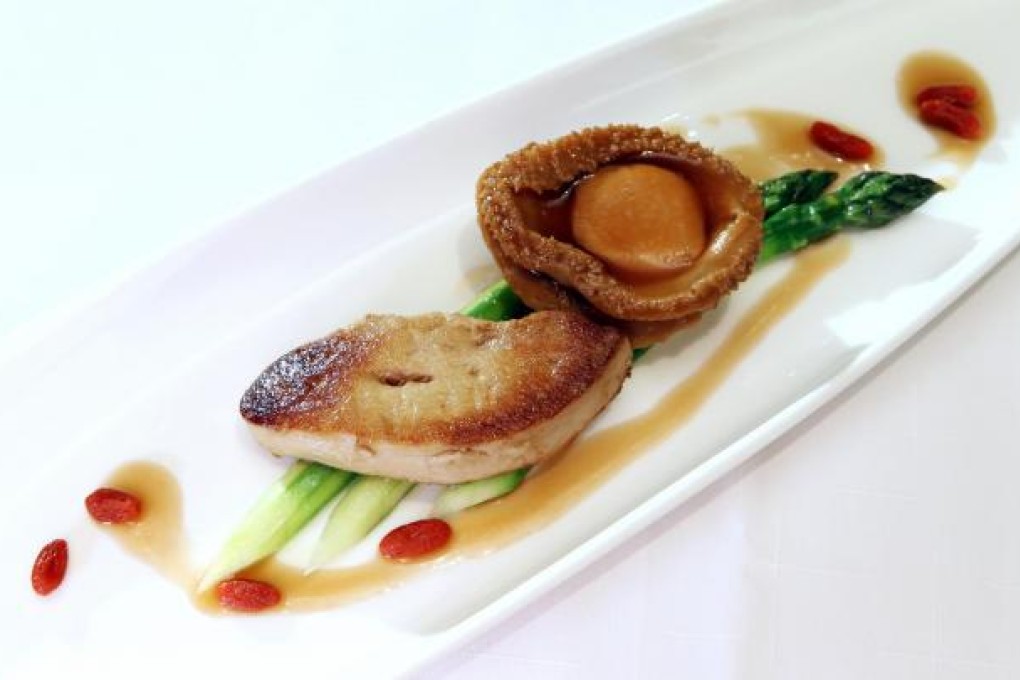Foie gras - modern interpretations
Foie gras is now found in many cuisines in different guises, writes Vicki Williams

Foie gras, the fattened liver of a goose or duck, has had its ups and downs recently. Although France legally protects it as part of the country's cultural and gastronomic heritage, California banned its sale starting from July 1 because it is the product of a traditional feeding method of animals called gavage. Bans of varying degrees also exist in other places, including Australia.
Detractors of gavage consider it cruel. However, fans disagree, and there are scientific studies to support their view. What's more, not all producers practise gavage on their fowl.
In any case, consumer demand for foie gras is growing, and countries such as China, Vietnam, Hungary, Russia and Canada have joined France in producing it. In Hong Kong, demand is high. It is a popular diners' choice, as can be seen by its increasing use in modern dishes by local chefs.
Take Frenchman and executive chef of Chez Patrick, Patrick Goubier. On his menu are four foie gras dishes, all using duck liver, which he prefers. This includes the modern foie gras trio with orange and bitter chocolate sauce. A slab of foie gras terrine is served with two profiteroles, one filled with foie gras ice cream, the other containing duck liver which has been marinated in the sweet wine Monbazillac and baked in an oven for a few minutes. This is finished with a drizzle of sauce that includes balsamic vinegar reduction, orange zest and dark, bitter chocolate.
"The idea was to create a surprise for the diner. First you taste the robust chocolate, which is quickly replaced by the acidity of the orange and then the delicate foie gras," says Goubier. The dish is delicious and moreish, the chocolate serving as a fine complement to the liver.
No stranger to creating something from a traditional inspiration, Alvin Leung, chef owner of Bo Innovation, uses savoury ice cream in a foie gras dish. flavoured ice cream and preserved Chinese mustard greens sit atop a bed of ginger biscuit crumbs. The preserved vegetable is traditionally used in Hakka cuisine and is often paired with braised pork belly. Here, the fatty protein element is duck foie gras. The liver is seared in a pan until it is browned, with a firm outside and soft centre. The dish is garnished with a dehydrated, crispy leaf of preserved mustard greens.
Leung is not the only chef substituting foie gras for pork belly. A friendship inspired Jason Atherton, the chef behind tapas bar 22 Ships, to create a popular dish - chargrilled Iberico pork and foie gras burger with avocado and pickled cucumber. "I invented this for Asian film director Eric Khoo, who is a family friend. When I was working on my tapas restaurant in Singapore, he asked me to include a good pork burger, so it was born out of that. I wanted to create the ultimate burger." The mini burgers are a combination of minced pork neck and duck liver served on a brioche bun that adds a hint of sweetness. The cucumber is used to balance the richness. Also on offer is foie gras and sweetbread empanada with capers and burned onion jam. Finished with a piece of pan-fried foie gras, it is indulgence on a fork.
